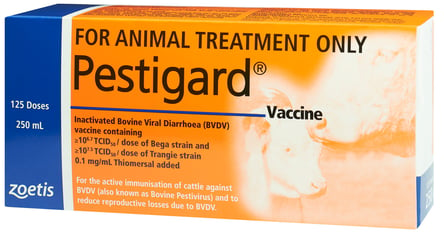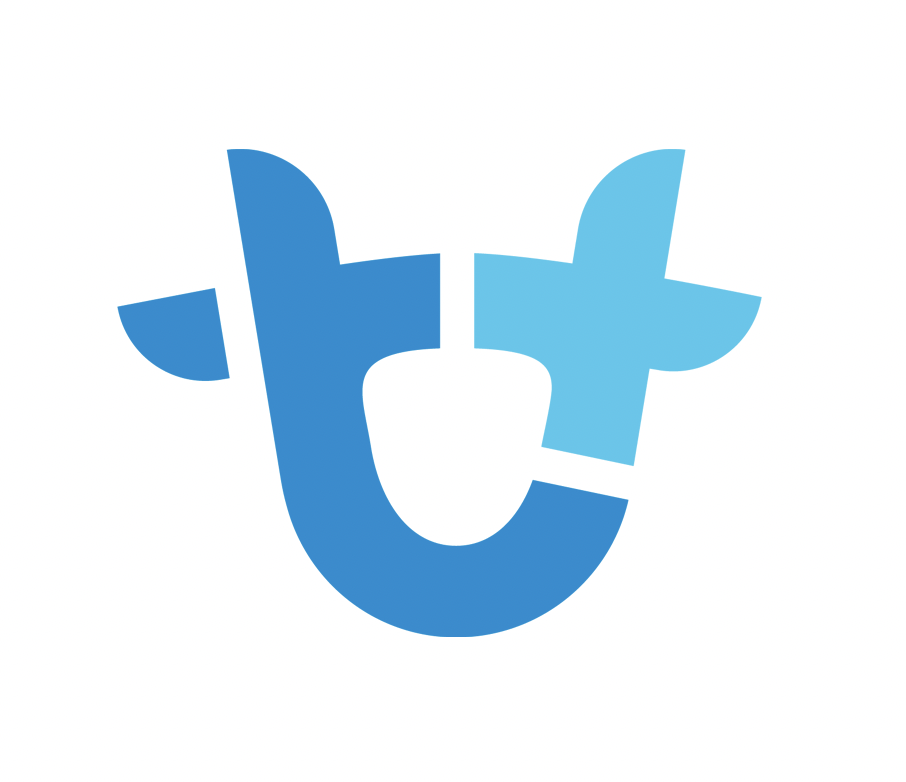
Finding productivity gains is high on the priority list for all cattle producers, but sometimes it’s not a big-ticket management decision that has the greatest impact.
Rather, it’s focusing on getting the simple things right, and nothing highlights this better than deciding to vaccinate against pestivirus.
An insidious disease that is endemic in both the beef and dairy herds of Australia, it’s estimated up to 90 per cent of herds have been infected.
Given the most well-known aspect of the disease is its propensity to cause a reduction in reproductive efficiency, that adds up to huge productivity losses – sometimes in the vicinity of ongoing annual losses of 5 to 10pc in herds where pestivirus exists.
There’s an easy and effective way to protect your herd, and your business’ bottom line, against the impacts of the disease, though – a vaccination program using Pestigard.
It’s a management protocol that has been in place at Yulgilbar Pastoral Company for many years.%20(1).jpg?width=339&height=450&name=Yulgilbar%20general%20manager%20Brett%20Ellem.%20(1)%20(1).jpg)
Running a commercial and stud operation with some 5,000 to 5,500 head of cattle, predominantly purebred Santa Gertrudis across nearly 35,000 acres on the banks of the Clarence River in north-east New South Wales, Yulgilbar general manager Brett Ellem said the benefits are clearly evident.
“We’ve been vaccinating to prevent pestivirus here for almost two decades now,” Mr Ellem said.
“It was mainly put in place because we were noticing there was a big gap from our pregnancies to our calving, so we tested and started vaccinating almost instantly back then.
“It’s lifting our production with our preg test rates, taking the tail end out of our weaners, and reassuring our bull buyers and our clients that we’re doing all we can to stop infected animals leaving the place.”
Mr Ellem said by vaccinating against pestivirus, they’re not only protecting their herd, but also their name and entity as a whole.
“The management of pestivirus, I’ve learnt it’s actually something quite easy to bring into your animal health program and stay on top of,” he said.
“When we vaccinate our bulls, it’s just another tick in the box – we do vibrio, 7in1, three-day sickness, botulism and we just incorporate Pestigard, as well as PI testing for all our sires that we sell.
“It’s reassuring our buyers and clients that we’re doing everything we can to make sure that our cattle don’t infect their herd.”
From a cost perspective, Mr Ellem said the productivity benefits cover the investment.
“If we were just to get an extra 10 to 20 weaners a year through vaccinating, it’s going to more than pay for the product so it’s certainly worth doing,” he said.
A recent study of factors affecting the reproductive performance of beef breeding herds found that where there was evidence of a widespread and/or recent pestivirus infection, the percentage of lactating cows that became pregnant within four months of calving reduced by 23pc, and calf wastage increased by 9pc.
The impact of pestivirus also flows through to the finishing stage.
Through the National Bovine Respiratory Disease Initiative, which evaluated risk factors for BRD in Australian feedlot cattle from 2009 to 2011, it was found that cattle exposed to pestivirus had a 1.7 times greater risk of BRD.
Zoetis senior livestock veterinarian Dr Lee Taylor said the aspect which is often overlooked by many producers is the ability of pestivirus to cause profound immune suppression in cattle.

“This immune suppression results in exacerbated levels of disease and mortality in various parts of the supply chain,” he said.
In addition to this, Dr Taylor said the problem with pestivirus is it’s a disease that produces many different disease syndromes.
“You can see a reproductive syndrome, you can see an ill thrift syndrome, you can see respiratory disease, you can see calf scours associated with pestivirus, you can see a whole range of different problems all because of this one virus,” Dr Taylor said.
"Problems can present as lower pregnancy rates, disrupted and delayed calving which increases calving spread, and higher calf losses from joining to weaning, especially in heifers or first calvers.
“It can also present as higher levels of disease in calves including calf scours, pinkeye and pneumonia or pleurisy, and post-weaning losses due to ill thrift and mortality.
“Lower than expected growth rates in some cattle are also an indicator, with there being an obvious tail in the mob.”
While the disease is relatively easy to diagnose due to highly accurate testing, its full impact is only known in retrospect.
For that reason, mitigating the risk to your herd is key, Dr Taylor said.
This is done through the use of Zoetis’ Pestigard vaccine – the only registered vaccine for pestivirus in Australia.
“A vaccination program for a herd starts with a two-dose treatment up to six months apart, simply followed with annual boosters on bulls, cows and any other animal retained on farm for over 12 months post previous vaccination,” Dr Taylor said.
“Initial vaccination of breeding animals must be completed prior to joining, to achieve the optimal outcomes from vaccination.
“Pestivirus is a very manageable disease - we have an effective vaccine, we have a good understanding of the disease, and we have very good diagnostic tests to identify the disease.”
This article is sponsored content from Zoetis.
 Results
Results

